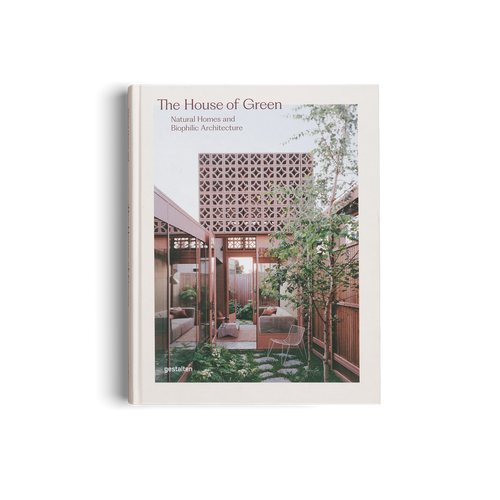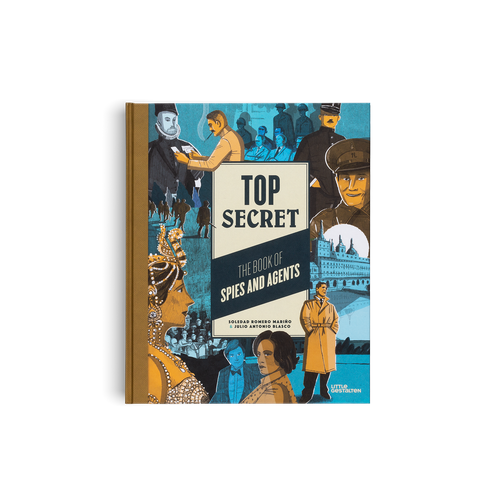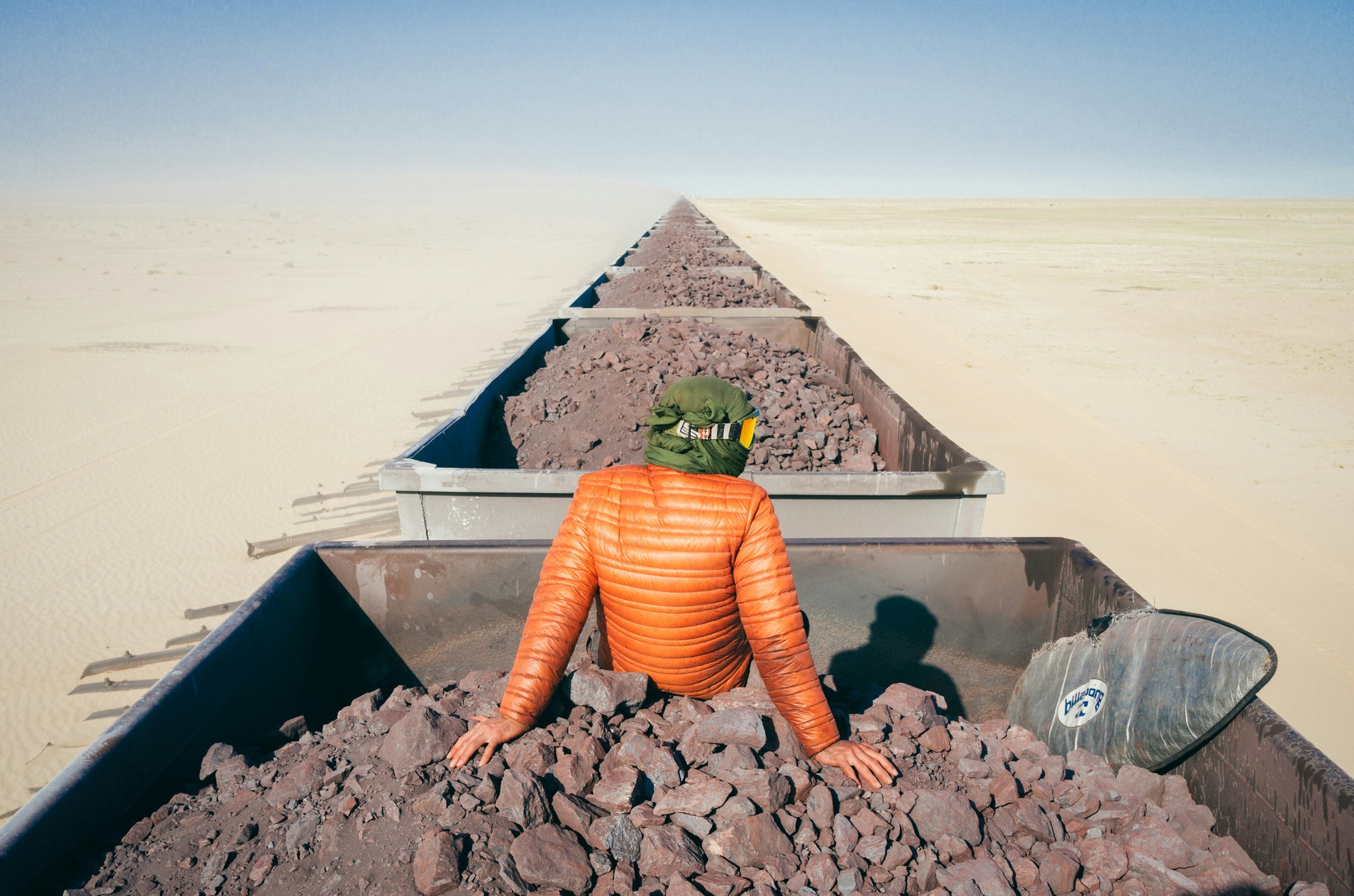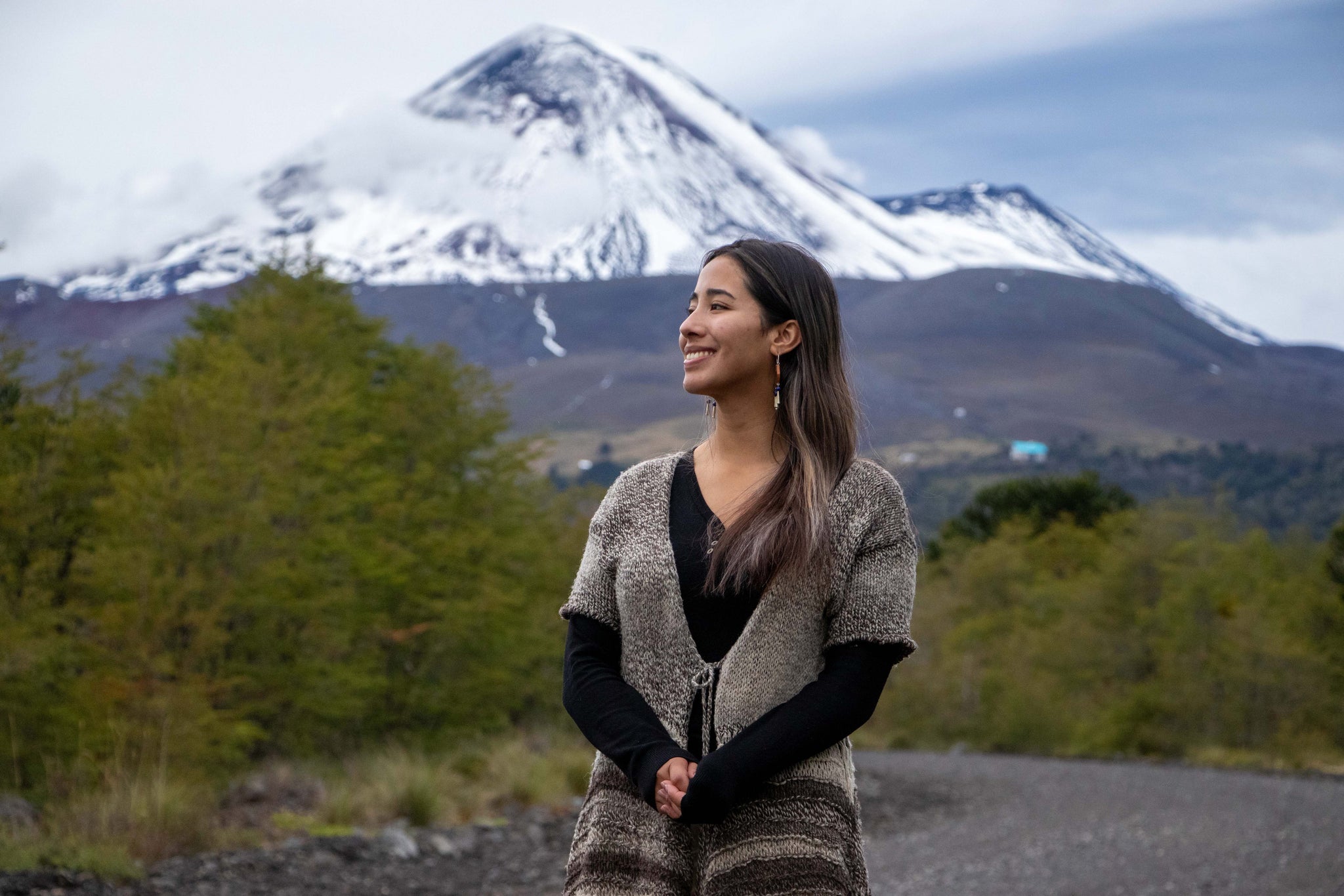
11/2020 design & fashion
Read in German
"Rarely do I say this out loud, as beauty for beauty's sake is somewhat of a gauche conceit in the world of commercial illustration," explains Zoë van Dijk, "but honestly at the end of the day, I just want to make beautiful images." Glaring at the world with a throbbing, starved desire, the occurrences of 2020 swooped up the world in its path. In a time where looming news would muster feelings of anguish, van Dijk's delicate depictions have been a soft melody in the streamlet of sorrow.
Possessing a forte in light and shadow play, the Los Angeles-based artist creates atmospheric, occasionally moody scenes faltered in mystery and intimacy. Her ideas start with hand drawings that later apply ink washes, then they move onto Adobe Photoshop where there are more possibilities to experiment. There is a highly personal characteristic to her work, something that deliberately endeavors to engage a more emotional connection. "I think about the fact that I make relatively emotional work all the time," she explains, despite not being emotional herself. "I tend to process emotions by myself rather than out loud," she states. Choosing instead to emote visually—she does this by looking to connect with the underlying emotion in any article she illustrates. Light and shadow are how she transforms the robotic mundane into something mythical and sometimes magical.

Zoë van Dijk collaborated with Politico Europe on a front cover series that span over five issues. Titled ‘Triumph of Life,’ she illustrated different scenarios symbolizing the pandemic and how it has affected daily lives. (Work: Zoë van Dijk, Politico)
Since graduating from the School of Visual Arts in 2015, van Dijk's roster of collaborators includes the likes NPR, The Intercept, Politico, The Washington Post, and The Atlantic. She has had work recognized by American Illustration, the Society of Illustrators, and the World Illustration Awards. But she's swift to pummel the 'trouble-free' transition to freelance as a fraud. Her demystifying stance on breaking into the industry is refreshing, a challenge to facile generalizations. She comes from a family of freelancers. "My mom is an illustrator, my dad was a plumber, and now my brother is a freelance studio musician," she tells us. "Growing up and witnessing how my parents built their businesses, how long it took, how hard it was, and how much of a slow grind patience game freelancing can be was very foundational when it came to managing the expectations of my career." Following a decade of low-wage restaurant work, van Dijk leaped into full-time freelancing after her employer closed down. Without the hoped-for "financial cushion," there were months of coiled uncertainty before finding her feet.
Now embroiled into the world of editorial and news, where "concept is king," striking that right balance between personal and professional work is how illustrators spread out of the grass. "I have always enjoyed editorial illustration as a collaborative nature of drawing for other people, of interpreting writer's ideas, and finding a way to make our combined thoughts accessible to the viewer," she explains. "I deeply respect the brute force that is utilitarianism. Plenty of my peers can succinctly communicate a big concept far better than I ever can, but for me, myself, I have always gravitated towards the soft power of lingering subtlety and trusting the viewer to connect."

"Time is a flat circle in quarantine. Here is a stay-at-home dad with his disenfranchised quarantine. I don’t know how your parents are working from home and caring for your children and not losing your minds, so this one is for you," she explains on her second cover installment. (Work: Zoë van Dijk, Politico)
This nuanced trust with the audience is captured poetically in her five front-page series "The Triumph of Life" with Politico—a halfway reflection of 2020 from pandemic to politics. Tim Ball, Creative Director of Politico and "just generally an international treasure," approached van Dijk about a widening view of the world during COVID-19. She tells us, "Beyond the fact that he wanted the image to culminate into one larger image, I had a carte blanche to make the series about whatever I wanted. I cannot overemphasize how much gratitude I have for creative directors who give illustrators the trust and latitude to create work they believe in." They chose the concept of one full day across the globe, starting with the first panel at dawn and then panning across a landscape, through some slice of life vignettes, that ended with a night scene, the implication being that COVID-19 has reached all of us, no matter where or what life you live.
Having privately labeled this series "a love letter to humanity," she explains that "every person in these covers are just trying their best and maybe failing, but trying nonetheless. We are all not okay, but we are all not okay together." Although she likes to present herself as "a brazen grump," she is remarkably candid. "I am secretly an optimist who deeply loves the capacity within humanity for resilience, community, and survival," she says. In part two of the series, an overblown quarantine dad with a teenage and baby daughter sit within their diminutive house. The dad has a laptop rested on his knees while feeding the baby, crowned on his head is the roof of the home with a smoking chimney. Surrealism is a big component of van Dijk's work, but she says it can sometimes "feel so stuffy and self-serious." In this example, she intended to convey the idea of being trapped inside of one's home, how our lives are ultimately too big to be contained in this way for so long, while still giving it a playful, domestic tone.

COVID-19 has changed the daily lives and routine of the elderly most. Across every continent on Earth, the elderly were asked to isolate and stay at home as much as possible because of how vulnerable they are to the virus if exposed. (Work: Zoë van Dijk, Politico)
This year has also represented somewhat of a milestone in her work, mixed with a "crushing guilt that I am doing so well while others are doing so much worse." On the more philosophical side, 2020 has helped her be kinder to herself in the creative process. "I can be my own worst critic and I often self-edit myself to the bone even before an image gets past thumbnails. But there's no room for that level of self-sabotage anymore," she explains, "it feels silly to have soul-seeking creative meltdowns over a bad sketch when the world and my country is crumbling. So I let that part of myself go."
The pandemic has also been a pivotal part of personal resource allocation. She is now "investing more of my time and energy outside of art into acts of communal support within the illustration community and in my local community here in Los Angeles." Her beguiling mission also extends to gender inequalities. "Illustration is so interesting because on one hand, in the social pyramid of ‘Art’ with a capital ‘A,’ I think commercial illustrators are considered the bottom of the rung when it comes to fame, riches, glory, and ego," she explains. But on the other hand, commercial art is everywhere, seen by everyone, in mass quantities. Commercial artists have the profound ability to be collective tastemakers.

"For the cover of The Washington Post sports section, college sports counselors are concerned about the mental health of their athletes as they lose their teams, community, and identities in the midst of COVID-19’s destruction," she describes when reflecting on the cover. (Work: Zoë van Dijk, The Washington Post)
"For this exact reason, I believe very strongly that illustrators have the moral responsibility to consider their role in upholding societal norms, supremacy, and the erasure of underrepresented people," van Dijk tells us. She believes her industry has the power to challenge hegemony in all its forms, whether that be racism, sexism, homophobia, ableism, fatphobia, or else, and it all comes down to making sure that they represent humanity, "all of humanity in our illustrations," she says. The work is never done! Every day she questions why she "drew a woman instead of a man, or chose that shade of skin color, or made someone look 20 rather than 50, or drew someone thin rather than heavier. And I am not self-congratulatory over this. This is part of my job. This is all our job, collectively, as illustrators."
Illustration, design, and typography—discover a world of visual culture through a selection of gestlaten favorites.













